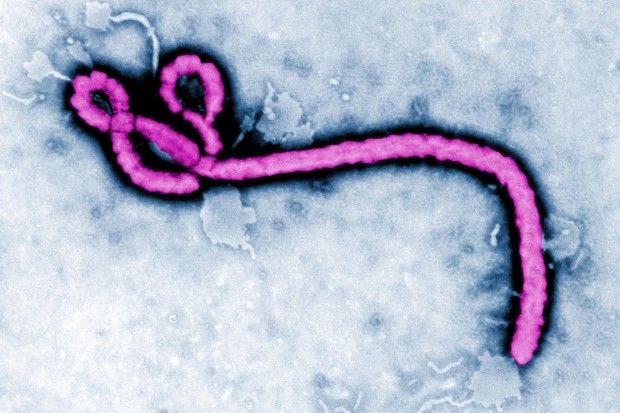

However, rapid communication of information and the increasing scale of events led to quick quarantine and screening of travelers, thus containing the spread of the infection. The outbreak rapidly grew and spread to neighboring countries. In December 2019, almost seven years after the MERS 2012 outbreak, a novel Coronavirus (2019-nCoV) surfaced in Wuhan in the Hubei region of China. Coronaviruses are known to use the angiotensin-converting enzyme-2 (ACE-2) receptor or the dipeptidyl peptidase IV (DPP-4) protein to gain entry into cells for replication ( 7– 10). The zoonotic origin of these viruses allows them to jump from host to host. A unique feature of these viruses is the ability to mutate rapidly and adapt to a new host. Both SARS and MERS have a zoonotic origin and originated from bats.

Almost 10 years later, there was a MERS (Middle East respiratory syndrome) outbreak in 2012, which was caused by the MERS-CoV ( 5, 6). This also happened to be the first epidemic of the 21st century originating in the Guangdong province of China.

However, after the SARS (severe acute respiratory syndrome) outbreak caused by the SARS-CoV, the coronavirus was looked at with renewed interest ( 3, 4). Up until the year 2003, coronavirus (CoV) had attracted limited interest from researchers. These viruses can infect animals as well ( 1, 2). This family of viruses mainly cause respiratory diseases in humans, in the forms of common cold or pneumonia as well as respiratory infections. When looked at with the help of an electron microscope, there appears to be a unique corona around it. Economically, China is likely to experience a greater setback than other countries from the pandemic due to added trade war pressure, which have been discussed in this paper.Ĭoronaviridae is a family of viruses with a positive-sense RNA that possess an outer viral coat. The virus has had a significant socio-economic impact globally. For the containment of the virus, it is recommended to quarantine the infected and to follow good hygiene practices. There are no treatment options available for the virus as such, limited to the use of anti-HIV drugs and/or other antivirals such as Remdesivir and Galidesivir.

Though experts suspected that the virus is transmitted from animals to humans, there are mixed reports on the origin of the virus. The virus spread extensively in the Wuhan region of China and has gained entry to over 210 countries and territories. On January 7, 2020, the causative agent was identified as a new coronavirus (2019-nCoV), and the disease was later named as COVID-19 by the WHO. On December 31, 2019, mysterious cases of pneumonia were detected in the city of Wuhan in China's Hubei Province. However, since the SARS and MERS outbreaks, these viruses have been studied in greater detail, propelling the vaccine research. Until the outbreak of SARS, this group of viruses was greatly overlooked. The severity of the infection may be visible as pneumonia, acute respiratory syndrome, and even death. The Coronavirus (CoV) is a large family of viruses known to cause illnesses ranging from the common cold to acute respiratory tract infection. 2Department of Health Sciences, School of Education and Health, Cape Breton University, Sydney, NS, Canada.1Department of Pharmacology, Manipal College of Pharmaceutical Sciences, Manipal Academy of Higher Education, Manipal, India.Raghuvir Keni 1, Anila Alexander 2, Pawan Ganesh Nayak 1, Jayesh Mudgal 1 and Krishnadas Nandakumar 1 *


 0 kommentar(er)
0 kommentar(er)
